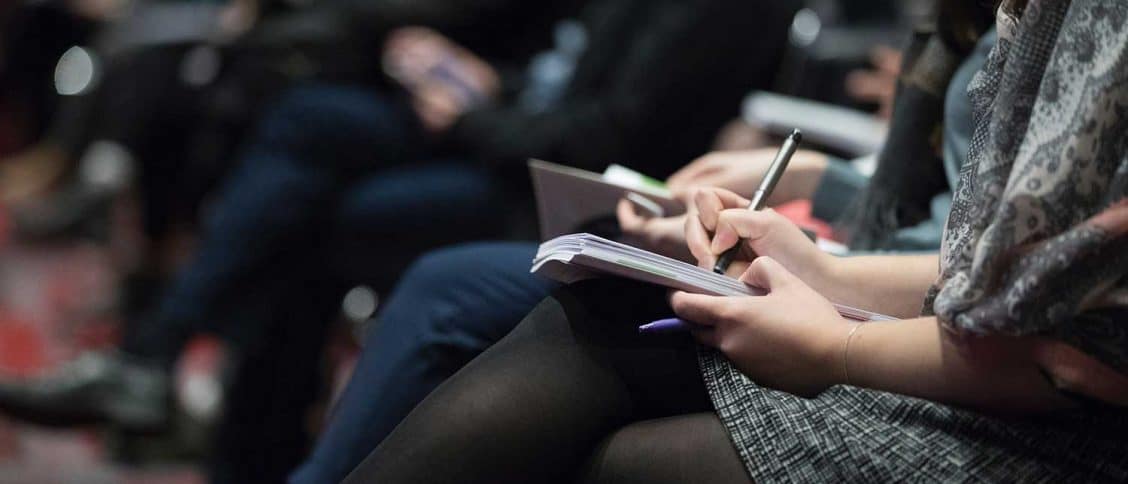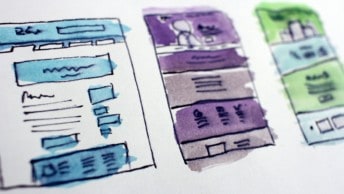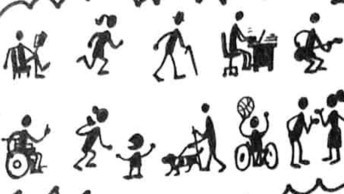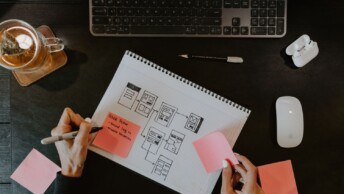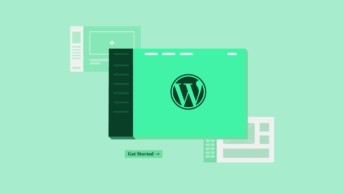UX Australia is back in Sydney this year, and the line-up of speakers, workshops, and presentations is once again, top quality. The conference runs from Tuesday 27th – Friday 30th August, at the Hilton Hotel, on George Street. It’s a two-minute walk from Town Hall Station, so visitors from interstate or overseas can get straight from the airport to the venue in no time.
I view conferences as the time to lift up your head and look around. What’s happening in UX Design? What’s going on in the wider business or design world?
As a discipline, UX is constantly changing. As technology advances, so too do the expectations of what design can achieve. The touchpoints where humans and the digital world meet are in perpetual motion, they change and move. Some cease to be, as newer ones emerge.
UX Australia has always kept up with these trends – bringing us the best speakers, exploring the latest techniques, trends, and technology. This year, we have speakers on digital transformations, automation of interactive experiences, AI and the user. We have talks on design and its role in tackling some of the major social issues in our world. Design for accessibility and helping the vulnerable in society, and how design is impacting activism and environmentalism. They’re also looking into areas such as data, privacy, and ethics.
As a recently arrived Sydney resident, I’m really looking forward to this year’s conference. I’ve delved into the program and picked out some of the highlights coming up over the four days.
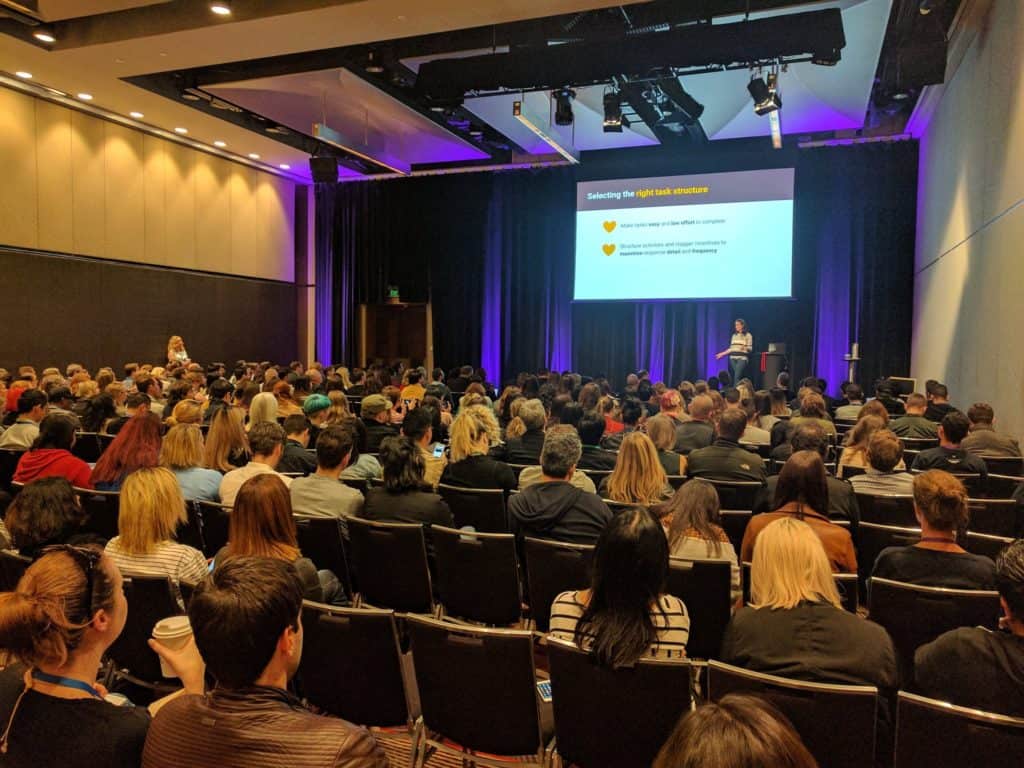
Keynote speakers
Kate O’Neill
“The Design of Meaning for the Future of Humanity”
Really looking forward to this talk. My most recent UX job was with a team creating a chatbot builder platform. What I learned most in this role, is that designers need to have a high level of understanding of these emerging technologies. The human/computer relationship is still the basis for UX, but the computer part of that relationship is evolving at an enormous rate. If you want to get your head around the world of AI, then this session could well be the place to start.
Kate O’Neill is an authority on the impact of automation on how humans interact with machines. From being one of the earliest employees at Netflix, Kate has gone on to become an author, consultant and futurist. She advises some of the largest global companies on digital transformations and better human experiences at scale.
Aral Balkan
“Think Small”
Aral describes himself as a cyborg rights activist, designer, and developer. He is pushing back against the negative influence of global tech on the person and society. This one will not be for the faint-hearted. As designers we can no longer be passive in what we do, ignoring the wider consequences of the platforms we work on. Aral will challenge us to think about the impact our work has on individuals and society. He suggests new ways to fund and develop alternative ethical and responsible technologies.
Liz Jackson
“Engaging in disability as a creative practice”
This talk from Liz Jackson will provoke and challenge us – “Disabled people are recipients of design rather than drivers of design”. Liz highlights the mistakes many organisations are making when designing for disabled people. Having worked with a startup helping kids with Autism, this one will be very relevant for me.
Joe Macleod
“Ends. A critical difference.”
What is the opposite of on-boarding? This is something that we have likely never thought about. Thankfully Joe Macleod has. His talk promises an in-depth exploration of the history, best practice and potential opportunities of doing off-boarding well.
Joe has a wealth of experience in product design and customer relations. He is also hosting a workshop on this topic for those looking for some practical skills in the best ways to end customer relationships.

Workshops
Looking through the program, it’s going to be impossible to see everything. A good strategy for workshops is to take honest stock of your skills in advance. What’s missing? Which skills do I really need to improve? Or, what would I like to learn more about? UX Mastery have a great guide to assessing your skills here. Think about your current job or where you’re aspiring to be in the future.
This year there are 10 super workshops, covering everything from information architecture and user research, to storytelling and service design. Some of the more interesting ones to me are those on the newer areas of user experience, such as voice interactions and artificial intelligence. If you’re in the job market or just looking for a change, great training in these emerging UX skills is on offer.
Keep in mind the workshops are a great way to meet new people and have some fun. I recommend attending at least one. Roll up your sleeves and get stuck in!
Presentations
In my experience, some of the best value you can get from a conference is in the presentations. It’s worth doing some research on all the speakers their background and the topic. If you have a burning question on some aspect of UX, chances are there will be someone presenting at UX Australia who can help you. The presentations are in two groups; long talks and twenty-minute talks.
Here are a few I’m very keen to see:
Design in the Age of Synthetic Realities – Andy Polaine, Fjord
Anything I’ve ever seen designed by Fjord has been amazing, this company is at the cutting edge of technology and also the leading wave of design trends. The chance to hear from Group Director Andy Polaine is too good to miss.
Designing around the brain – Tea Uglow, Google Creative Lab (Australia)
The more I do UX work, the more I realise that those with a behavioural psychology background have an advantage. I want to learn more and more about how the human brain works, and this talk from Tea Uglow fits the bill.
Bite-sized activism for STREAT! Helping reduce our environmental footprint collectively – Fiona Meighan and Harriet McDougall
Do you ever feel like doing more to help social and environmental causes, but don’t know where to start? Well, I suggest starting here. Fiona and Harriet will share their framework for volunteering, donating time and skills, and how to make a tangible difference.
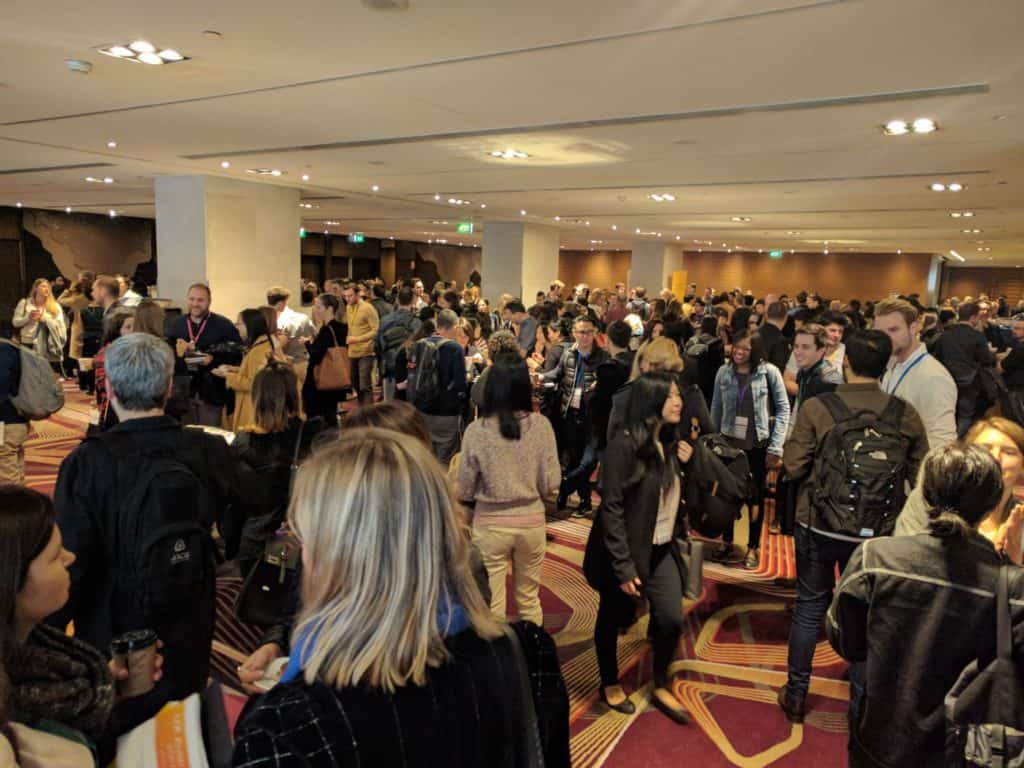
Getting the most out of UX Australia
Network
- Old fashioned visual designers like me still carry business cards. For me, it’s still the best way to pass on contact information.
- The Linkedin QR code is also super easy to share. If you don’t know how that works read this.
- If you’re sitting in a presentation, say hi to the person next to you. Some of the best contacts I’ve made were from a simple ‘hello’ at a talk.
- Bring a pen and take some notes – you might be surprised at how valuable noting someone’s name or where they work can be later on.
- Get on social media, especially Twitter. @UXAustralia is their account, there will be some #hashtags around each day. It’s great for the event and also your own profile. Can also be a useful way to connect with speakers and those attending.
- If there is a speaker you really want to meet, don’t just shove a card in their face. Stop them, have a chat, ask some questions – people are really open to this.
Research
- Get the day-by-day program and do your research. Some events will clash so decide which is the most important to you. The worst thing to do is turn up having not seen the program.
- Look into the speaker and the topic in advance. Linkedin and Youtube are great for this. There is nothing worse than halfway through a talk realising that it’s not relevant to you.
- Plan your day. How to get there, when to get there.
- Double-check your gear: ticket, ID, laptop, phone, chargers. A USB power bank charger is also worth investing in.
Post-UX Australia
- Don’t let the enthusiasm die. Block out some time in the weeks after the conference to revise and expand on what you have learned.
- Make those connections stick! Reach out to those key people you met and say hi. Get on to Linkedin, Twitter etc. Remember don’t just connect, add a personal note, remind them who you are.
- Take your favourite talk/workshop and do a review. Why was this so good? what did I learn? You don’t have to be a blogger, just write a post on Linkedin, tag the speaker in the post and ad 15-20 relevant hashtags at the end. This could lead to some great connections.
- Showcase UX in your company. Did you do a really cool workshop? Why not organise a group in your office and re-create it? Make sure it’s got a purpose and it’s relevant to the business. Thi is a great way to show the value of UX.
Don’t forget to have fun! Some conferences have a reputation as being boring, but anyone who says that is doing it wrong. Have a look at the social events that are happening. If you’re travelling to Sydney then these can be a great opportunity to meet some fellow UX people in a more fun setting.
I always come away from events like UX Australia renewed, inspired and with a notebook full of notes, ideas, to-do lists and great connections – and I’m sure this year will be no different.
Hope to see you there!
Paddy

